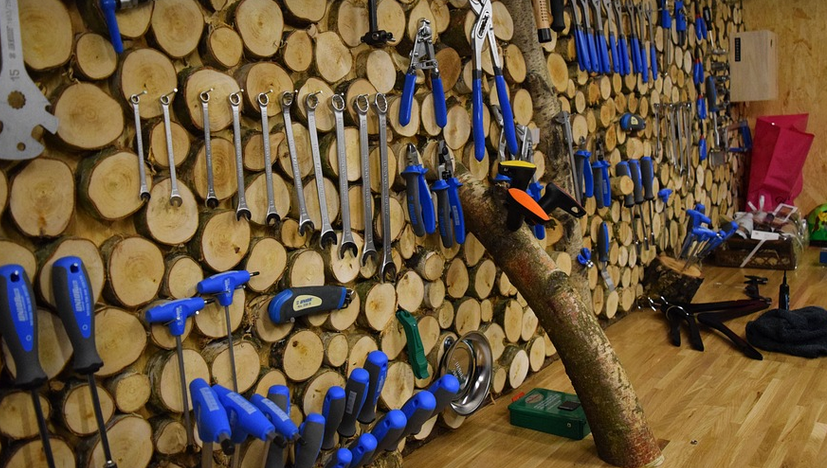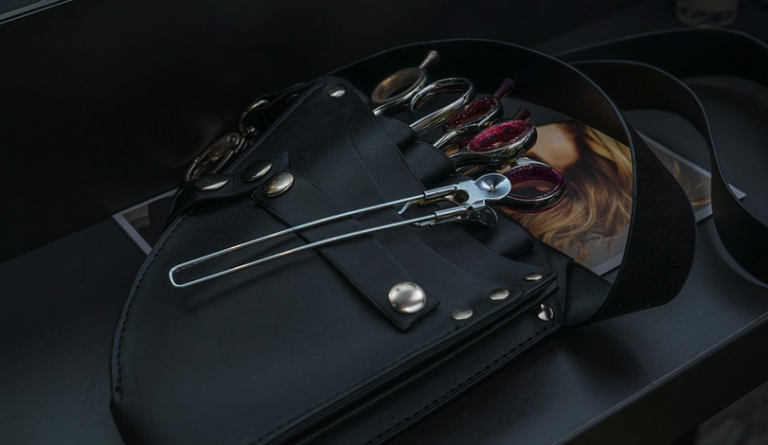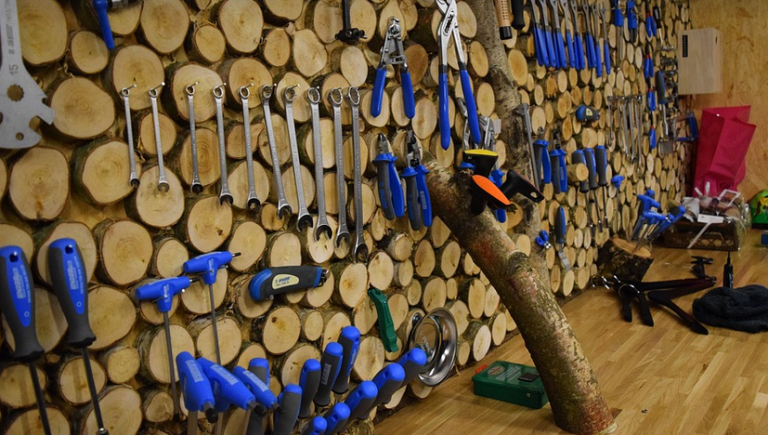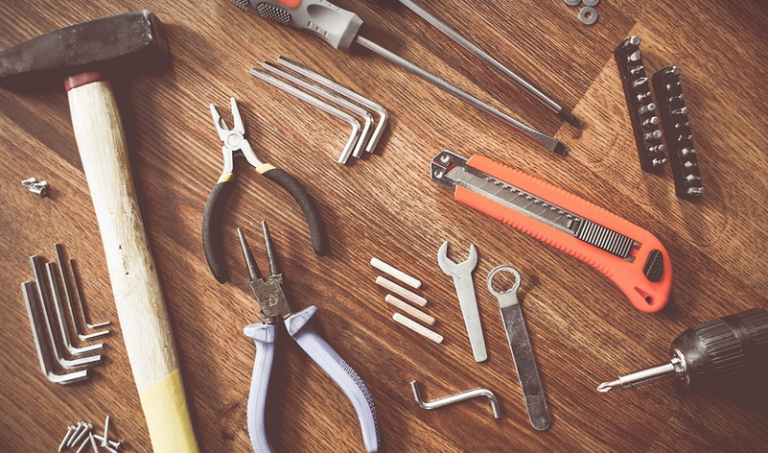
Understanding the Basics
V-band clamps are those handy workhorses that keep everything tightly secured, particularly in industrial and mechanical settings. Their ability to handle high pressures, resist corrosion, and create reliable connections is what keeps things running smoothly. But before we dive into measuring these bad boys, let’s get a clear picture of how they work.
At their core, V-band clamps are defined by two key components: the clamping band and the clamp body. The band itself, often constructed from stainless steel or other sturdy materials, forms the primary sealing mechanism. It wraps around the material being secured, creating a solid, tight seal.
The other crucial element is the clamp body, which sits securely on the clamped surface. This body holds the clamping band in place and provides a smooth, even pressure distribution to ensure maximum holding capacity.
Measuring V-Band Clamps: The Step-by-Step Guide
Now that we’ve got the basics down, let’s delve into the nitty gritty of measuring these clamps. Measuring precisely is essential for ensuring proper installation and safety, especially when dealing with high-pressure applications.
The first step is to understand that V-band clamp measurements are not a one-size-fits-all affair. Different materials, pipe sizes, and clamping pressures require specific measurements.
Step 1: Measure the Clamped Material
Before you even think about measuring your V-band clamp, you need to consider what’s being clamped. The first step is always to determine the material thickness and diameter of the object you are securing. This information will help you choose the right size clamp.
For example, if you’re clamping a pipe, you need to know its inner diameter (ID) and outer diameter (OD). If you’re clamping sheets, you’ll need the thickness of the material itself.
Step 2: Measure the Clamps
Once you have the material measurements, it’s time to measure your V-band clamp. The first step is to look closely at the clamp body and identify the dimensions listed on the manufacturer’s label or on the product packaging.
The clamp body will usually have markings that indicate its width or depth, as well as its overall length. These measurements are crucial for ensuring a precise fit.
Step 3: Calculate the Clamps
Knowing the materials you’re working with and the clamp dimensions is just half the battle. You also need to understand how they will be connected.
For instance, if you are clamping a pipe together with another pipe of similar size or diameter, you’ll want to look at the amount of overlap between each pipe’s surface. This helps in determining the overall thickness and length of your final connection.
Step 4: Final Check
Once you have completed all the steps, it’s time for one last check. Carefully examine your V-band clamp to ensure that it fits snugly onto the clamped material.
This will help in preventing any loosening or slippage, which can lead to hazardous situations.
Conclusion: Precision is Key
Measuring V-band clamps may seem like a tedious task, but it’s crucial for ensuring safety and efficiency. By following these simple steps, you can ensure that your connections are secure and reliable. Remember: precision in measuring ensures proper installation and overall performance.



